Near Module is the company’s best selling smart light as it can integrate with a variety of frames to match any home decor. If you having existing GU10 frames in your home, the Module can be retrofitted in these frames so you can get high-quality luminaires with smart lighting capabilities. Near Module retails for the S$85, while its frames start at S$22.
Installation and design
The Near Module is just slightly bigger than a typical GU10 bulb. You have a whole range of frames to choose from to accompany the Near Module. Each frame will give off a different aesthetic, which is something a plain GU10 bulb cannot do. The frame that I chose was the EZ-SCOPE. Each frame has different false ceiling clearance distance, so do check and plan ahead before buying.
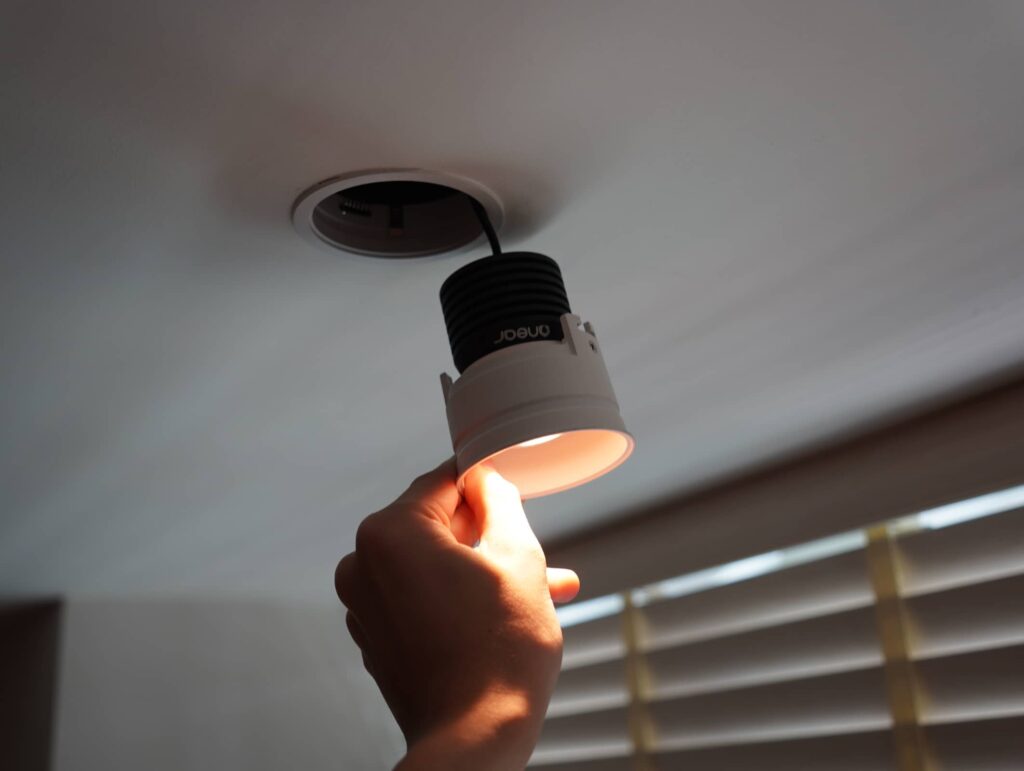
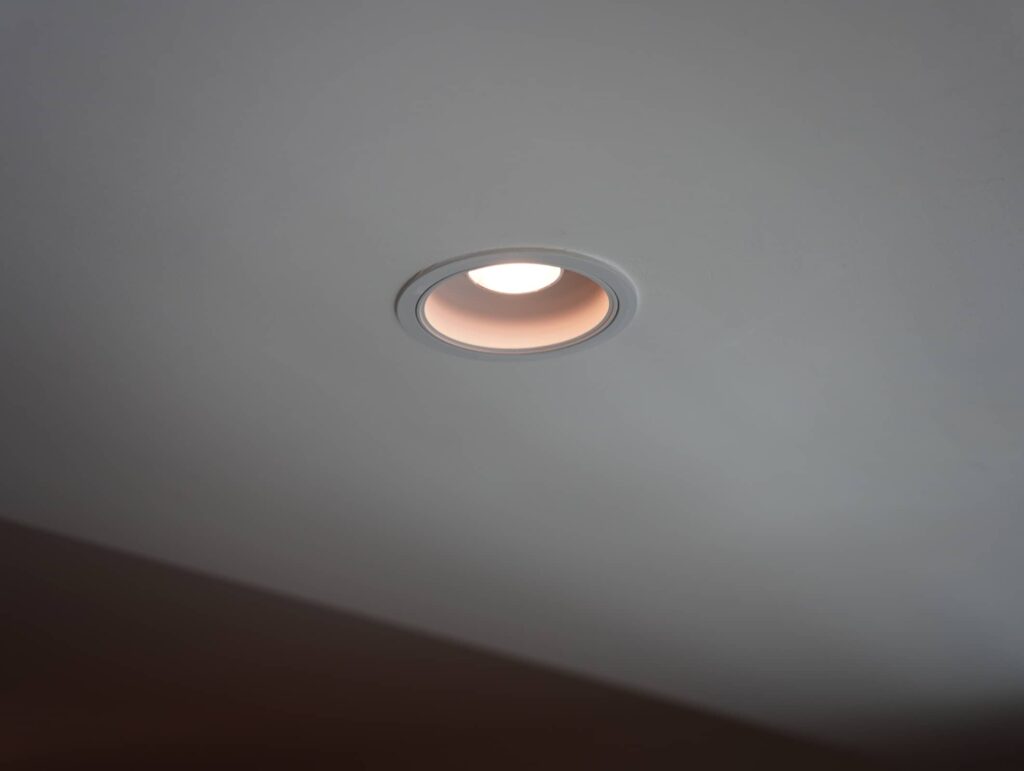
Do also note that the Near Module is connected to a driver which powers all the smart capabilities. The driver isn’t too big, measuring at L111 x W42 x H25 so you can easily house it in the false ceiling.
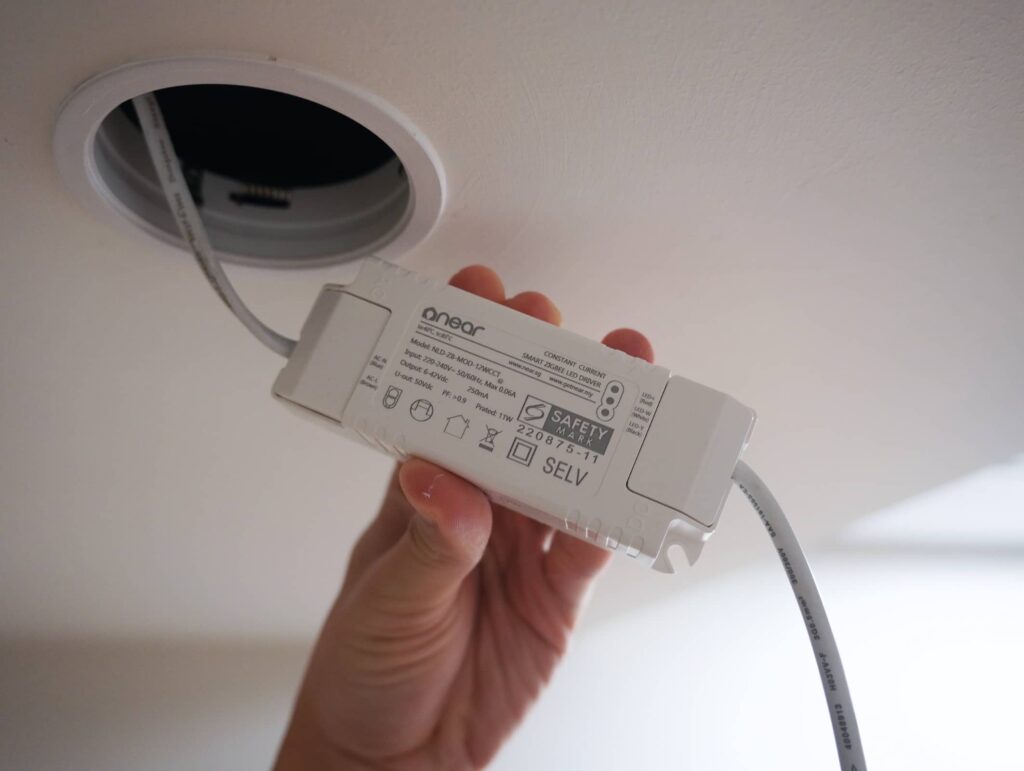
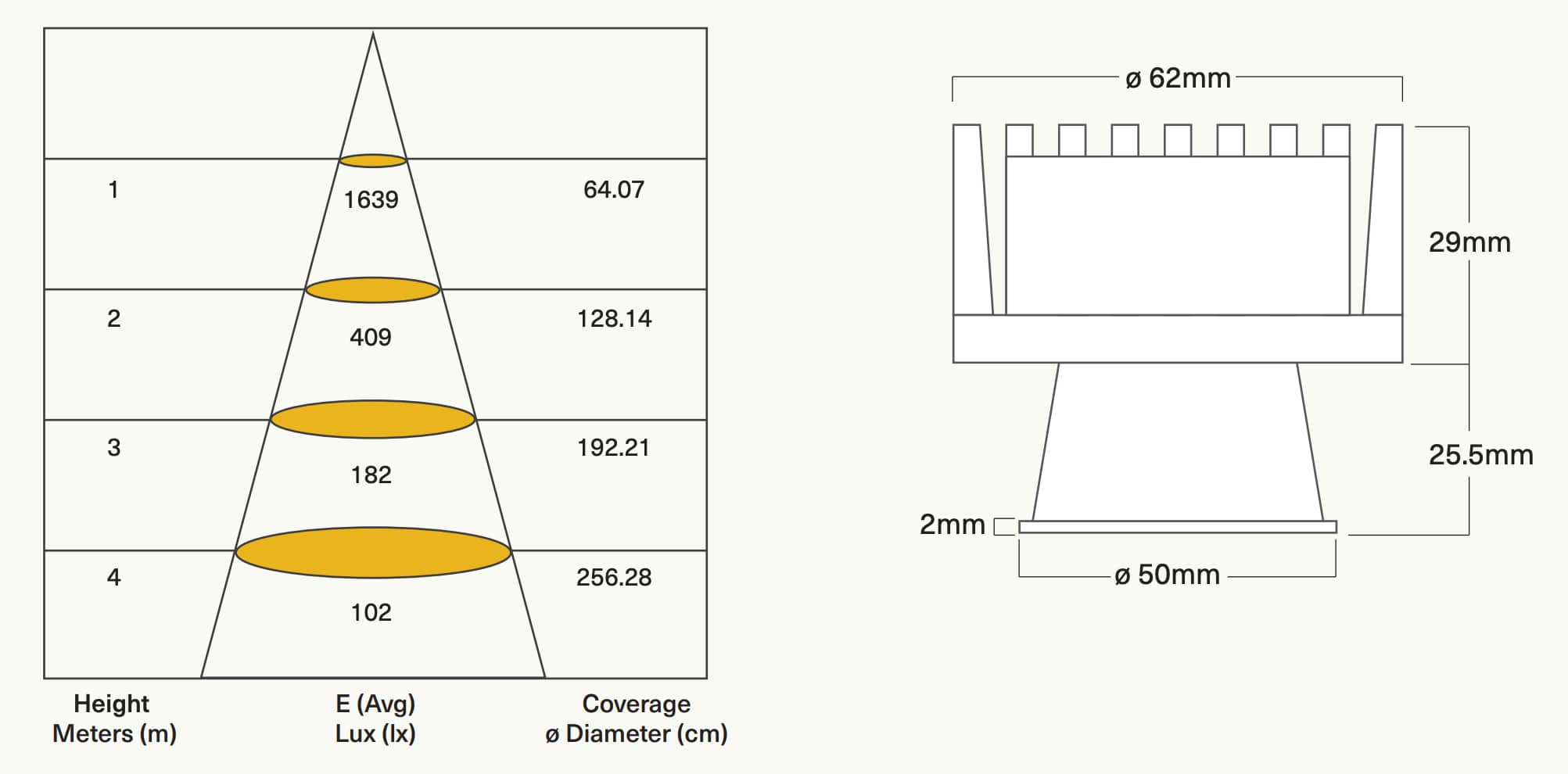
Lighting
The Near Module has a narrow light throw angle of 36º so the light emitted is more concentrated, and tends to give off a cone shaped look as it falls from height.
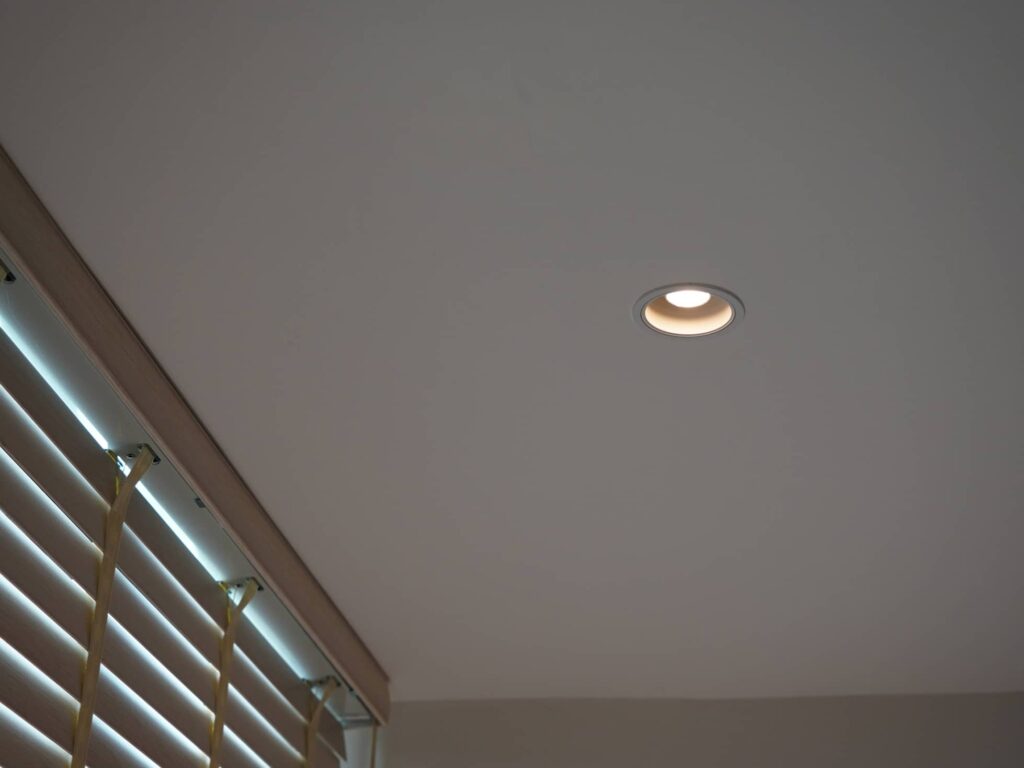
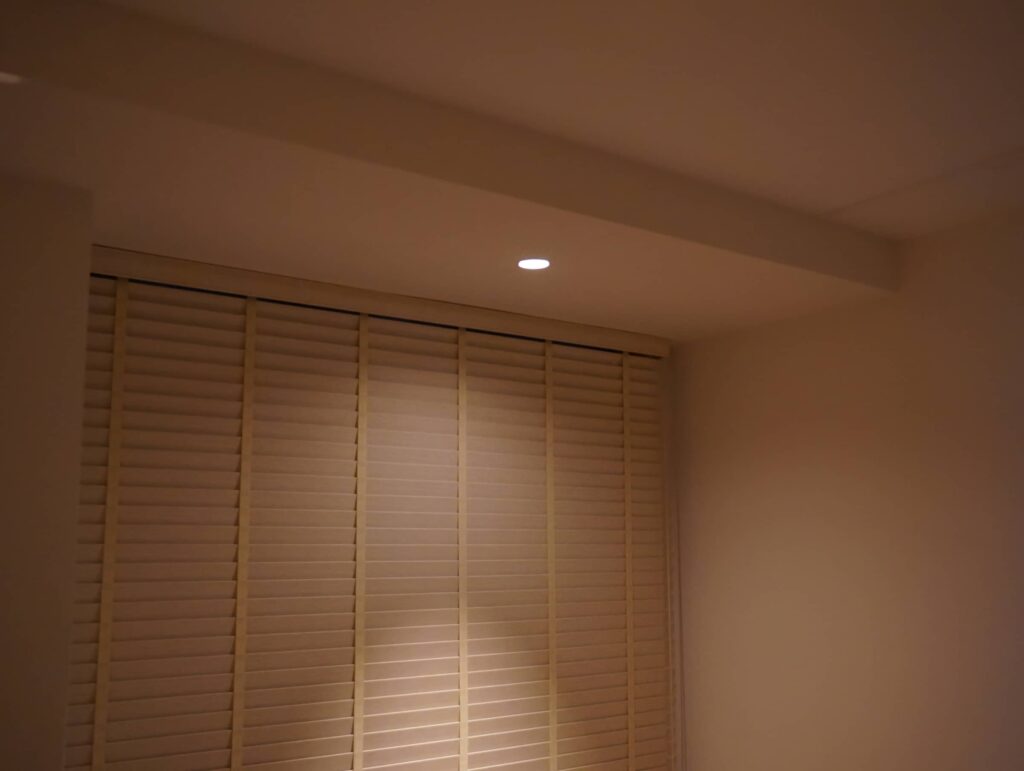
Near Module comes in only one wattage variant, which is 12W. It gets 1100 lumens of brightness at the daylight setting (6500K). You can check out the images above to see its lighting in both daylight and night setting at warm white (2700K).
Smart Home setup – Near App Control & HomeKit
Near Module uses Zigbee protocol instead of Wi-Fi. This means that you’d need to buy a hub in order to access its smart capabilities. It’s a bummer if you are just getting one light. But Zigbee offers better coverage and uses less energy – more reliable overall if you are going to setup many smart lights in your house. Near Module works with HomeKit (which I will mainly test), as well as Google Assistant and Alexa. For those looking to setup a HomeKit smart home, you can opt for Near’s Zigbee HomeKit hub.
You should setup the Near Zigbee HomeKit hub on the Near app first before exposing it to HomeKit. I recommend you expose the hub to HomeKit before you start adding the Near Module to the hub as I initially faced issues to adding the hub to HomeKit. While the Near Module worked seamlessly with the Near app, the experience with HomeKit isn’t the most smooth sailing. The light modules can sometimes not have their status synced to HomeKit when I cut power to the lights. If you are not planning to cut power to your lights then this shouldn’t be an issue.
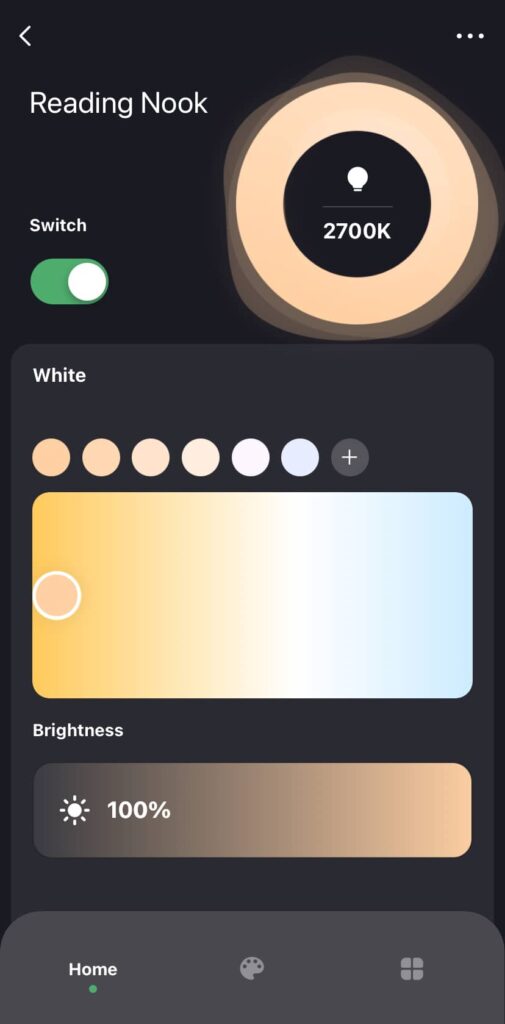
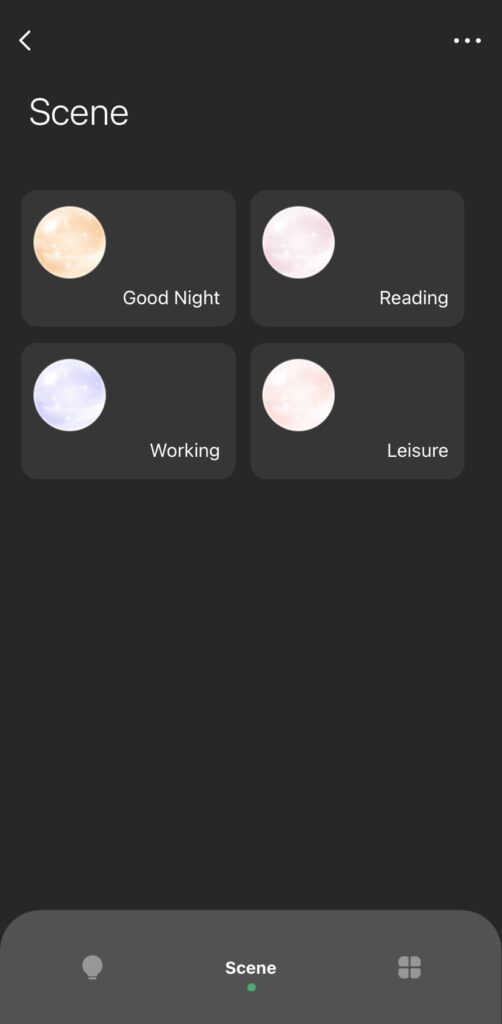
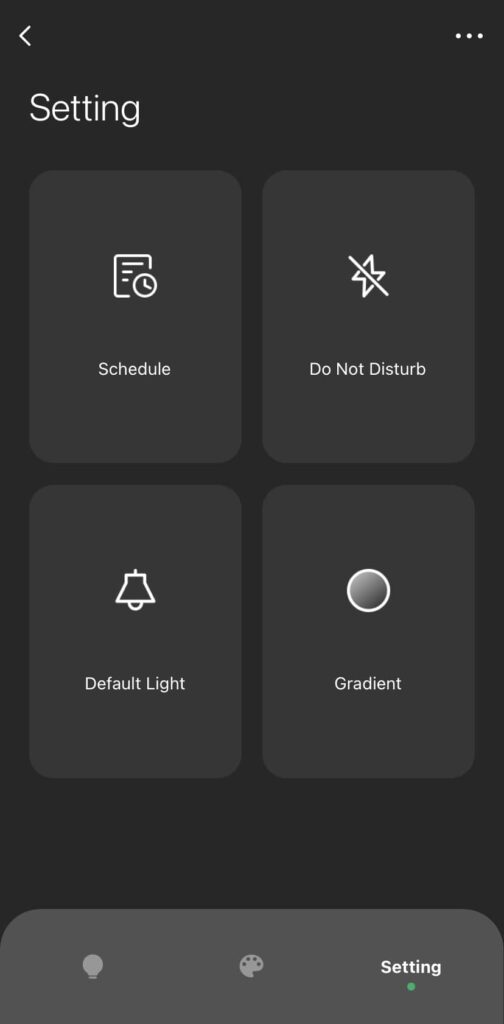
Once you add the Near Module to the Near Zigbee HomeKit hub, it appear in the Near app with simple controls to turn it on/off. Going into the home page of the Near Module, you have convenient presets and sliders to adjust the brightness and temperature. There are two more tabs where you can access scenes and settings.
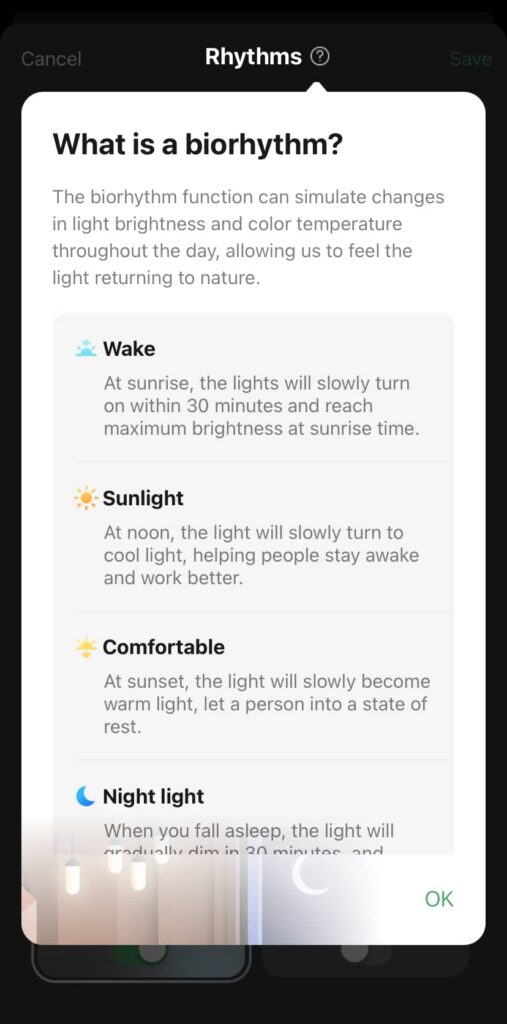
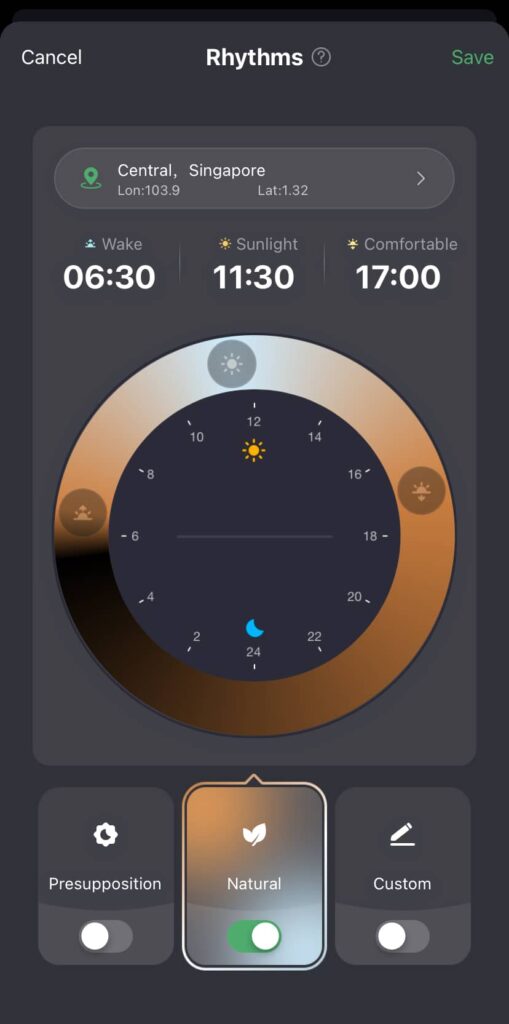
One of cool feature the the Near Module is circadian lighting which can be accessed via the ‘Schedule’ setting. Enable the “Presupposition” preset will enable a lighting setup that matches our natural biorhythm. If you don’t like the preset times, you can make your own custom lighting schedule system. There are other useful settings such as allowing to light to turn on/off slowly to create a gentle glow to avoid a big change in brightness, as well as setting a memory feature for the light whenever it restores from power (useful for those pairing it with a non-smart wall switch).
Conclusion
The Near Module offers a aesthetic and new way to install downlights in your home as its compatibility with most GU10 frames makes it easy for existing and future homeowners when planning lights purchase. The smart features in the Near app are useful and quick. Switching it up from a focus mood to a cosy setting takes a single tap. What I’d like to see in the future is better Apple HomeKit hub performance, but having said that is not the fault of the Near Module. The Near Module retails at S$85 for the light module itself.

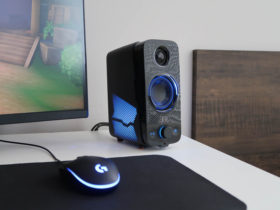
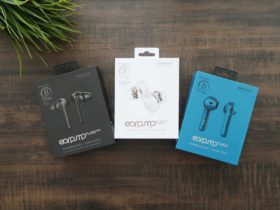
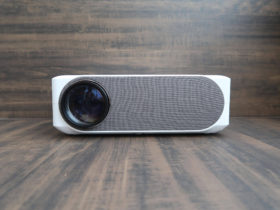
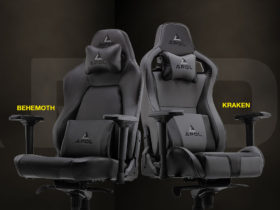
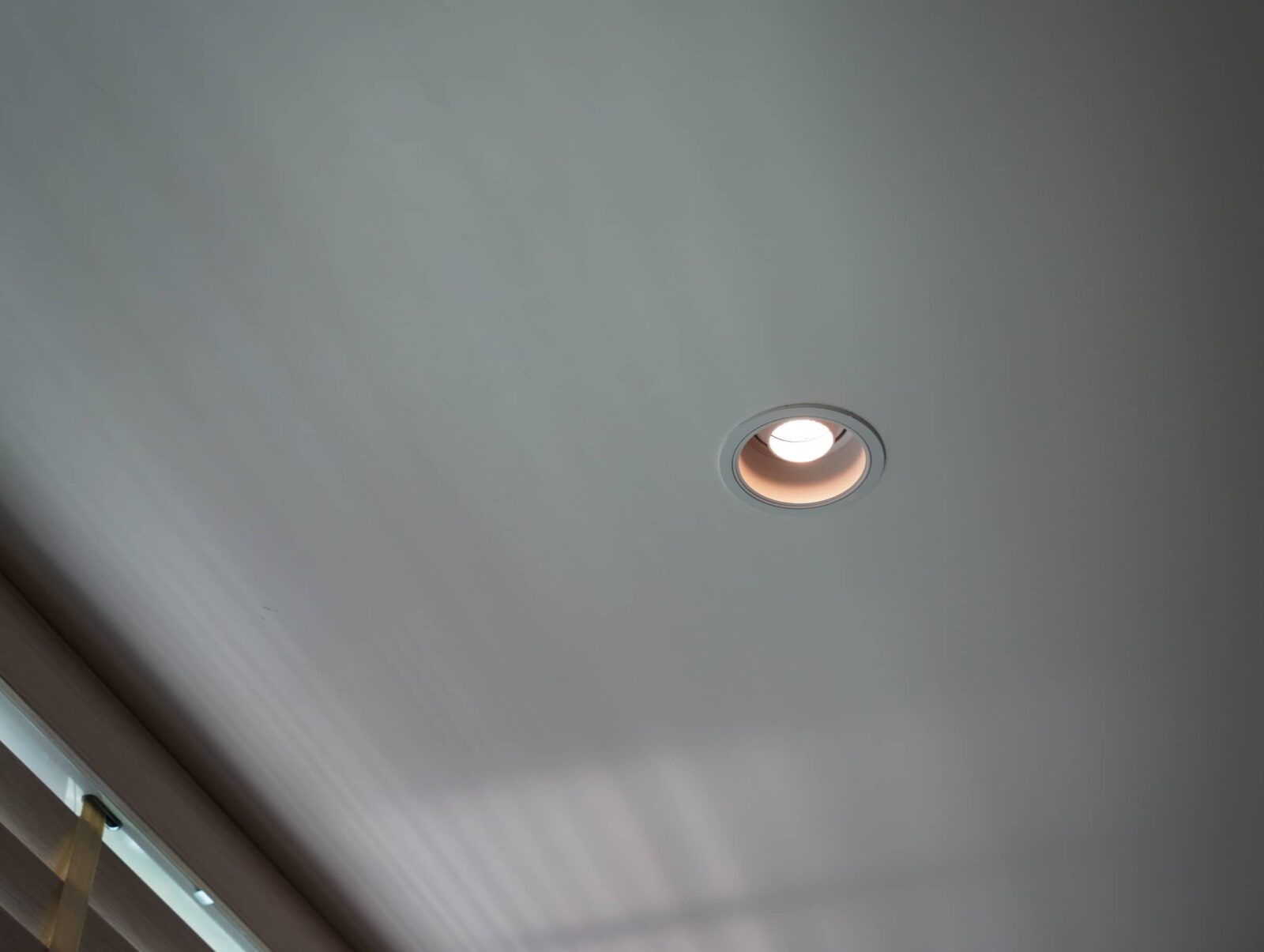
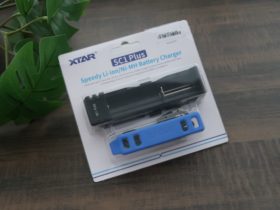




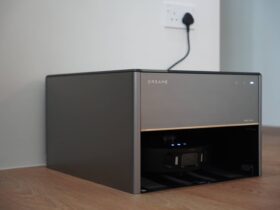
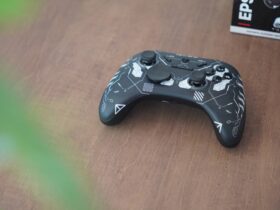
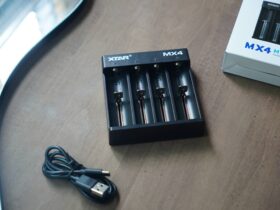
Leave a Reply